Almost every day of my childhood was spent basking in the shadows of giants. These giants are made of quartz and granite and they are known as the Organ Mountains or La Sierra de los Órganos in Spanish. Their dominance of the desert I was born in makes us feel like we have gods looking over our shoulders, always there to observe and oversee our daily lives.
But these mountains are not gods only to be adorned. Their many faces and ever-changing facade dictate that these are gods to be feared, to be respected, and to be humbled by.
Even on winter days, the warm desert air and blazing sun can threaten to scorch your skin, but the mountains do not succumb to the warm and dry conditions of the desert valley. Instead, they contrast the valley with cold, harsh, icy conditions.
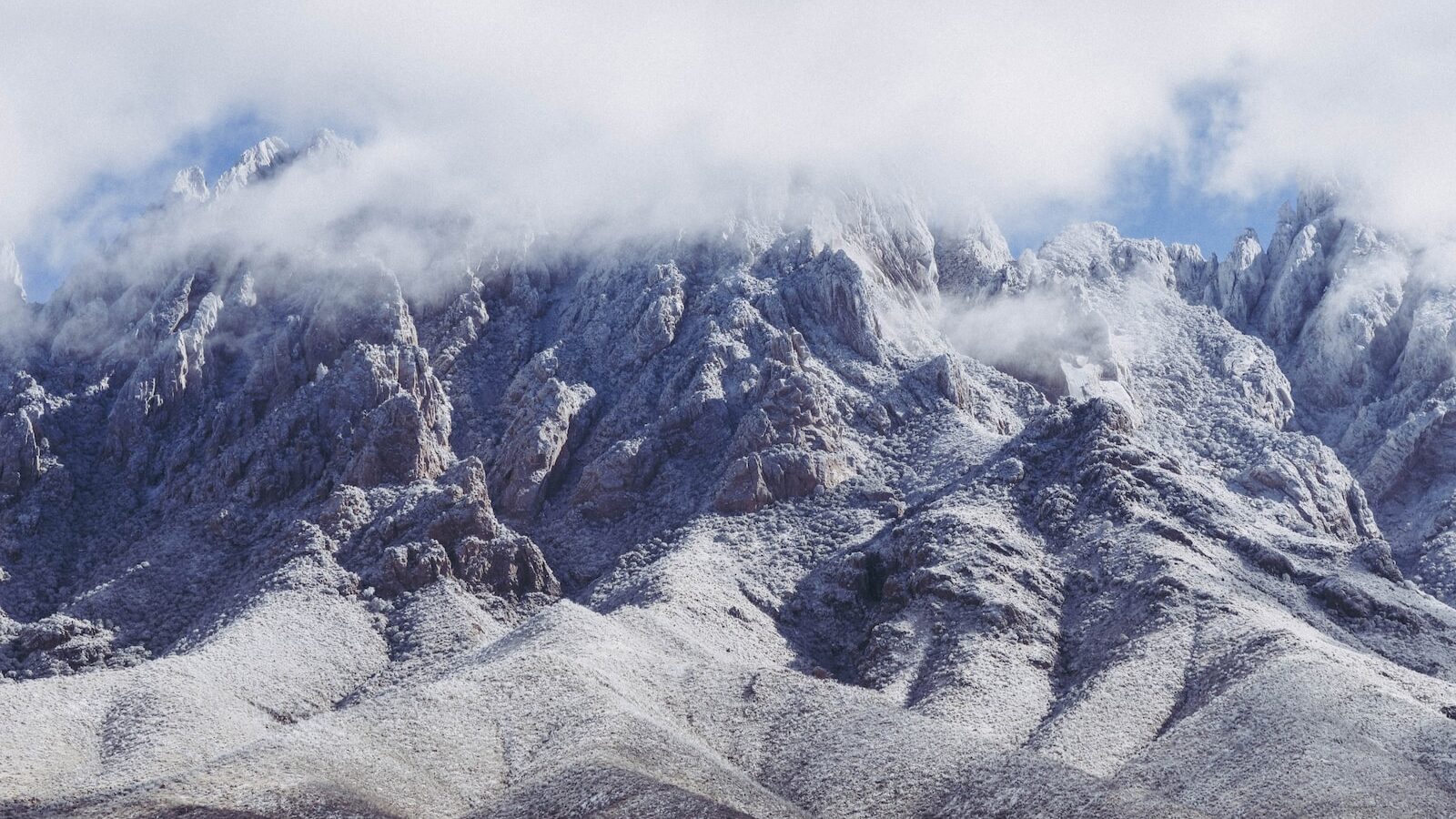
The desert rewards those that have the patience to listen to it. It’s one of the many reasons that I enjoy climbing the Organ Mountains more than any other mountain range. I seek the solace of their untamed beauty, the sun beating down on my skin, and the beads of sweat making their way down my forehead. And I’m not the only one. I’ve met many of my fellow desert dwellers on trails in these mountains.
One of these people was particularly memorable. I was at the end of a hike on the Pine Tree trail in Aguirre Springs, when I saw a wrinkled woman with dark brown skin and black eyes and no false sense of urgency that modern living rewards.
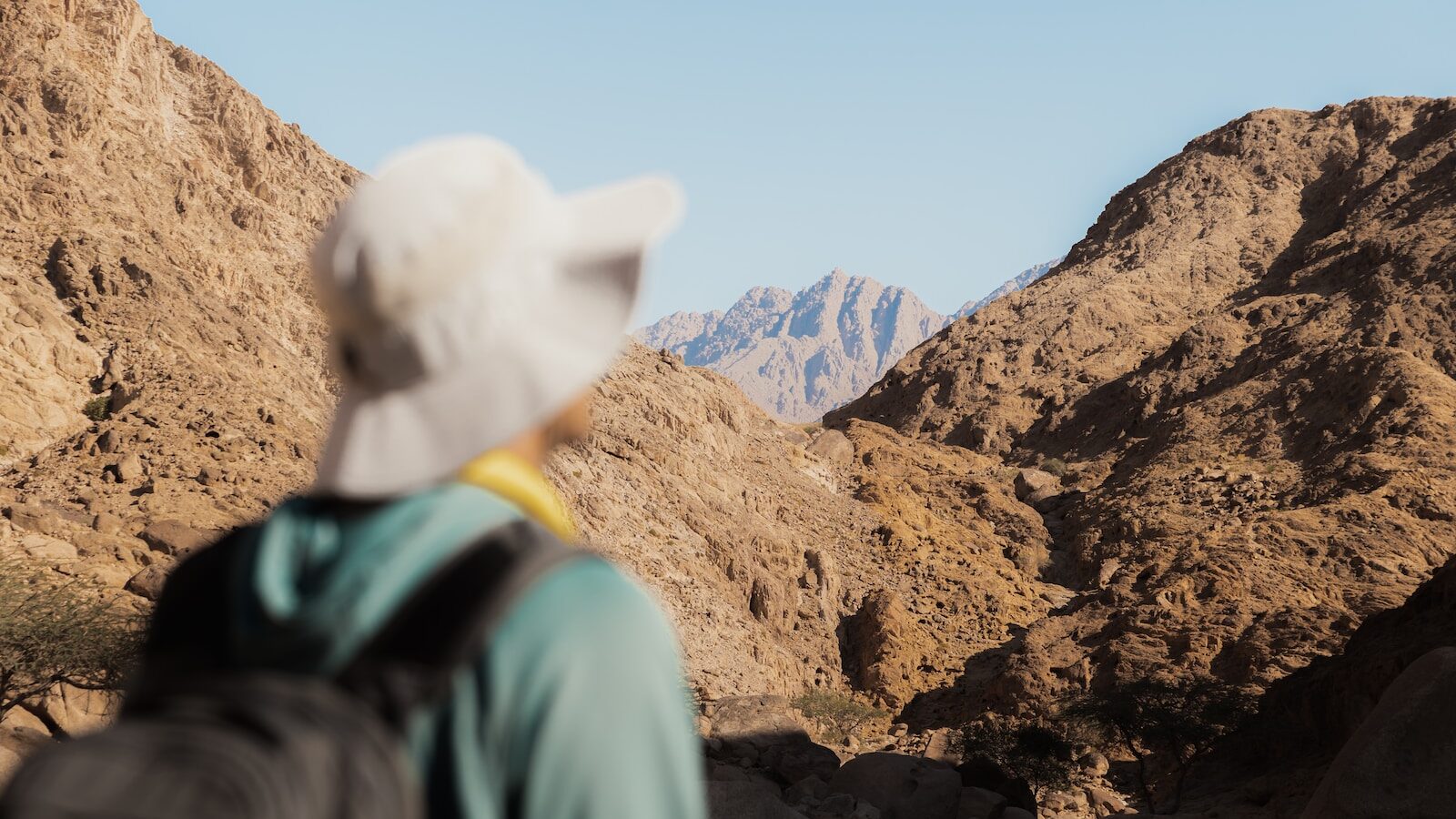
She seemed to have her own sense of time and peace that life gives you after many years of living. She was sitting in the shade of a mesquite, the kind that grew large because, as a seed, it had fallen at the edge of the mountain and not in the middle of the desert plains where growth is slower and more challenging.
Without a word, she gestured for me to sit beside her on the other remaining piece of the rock that the mesquite tree protected from the sun. I was tired from my hike and I sought refuge from the sun, and so I obliged without a word of my own.
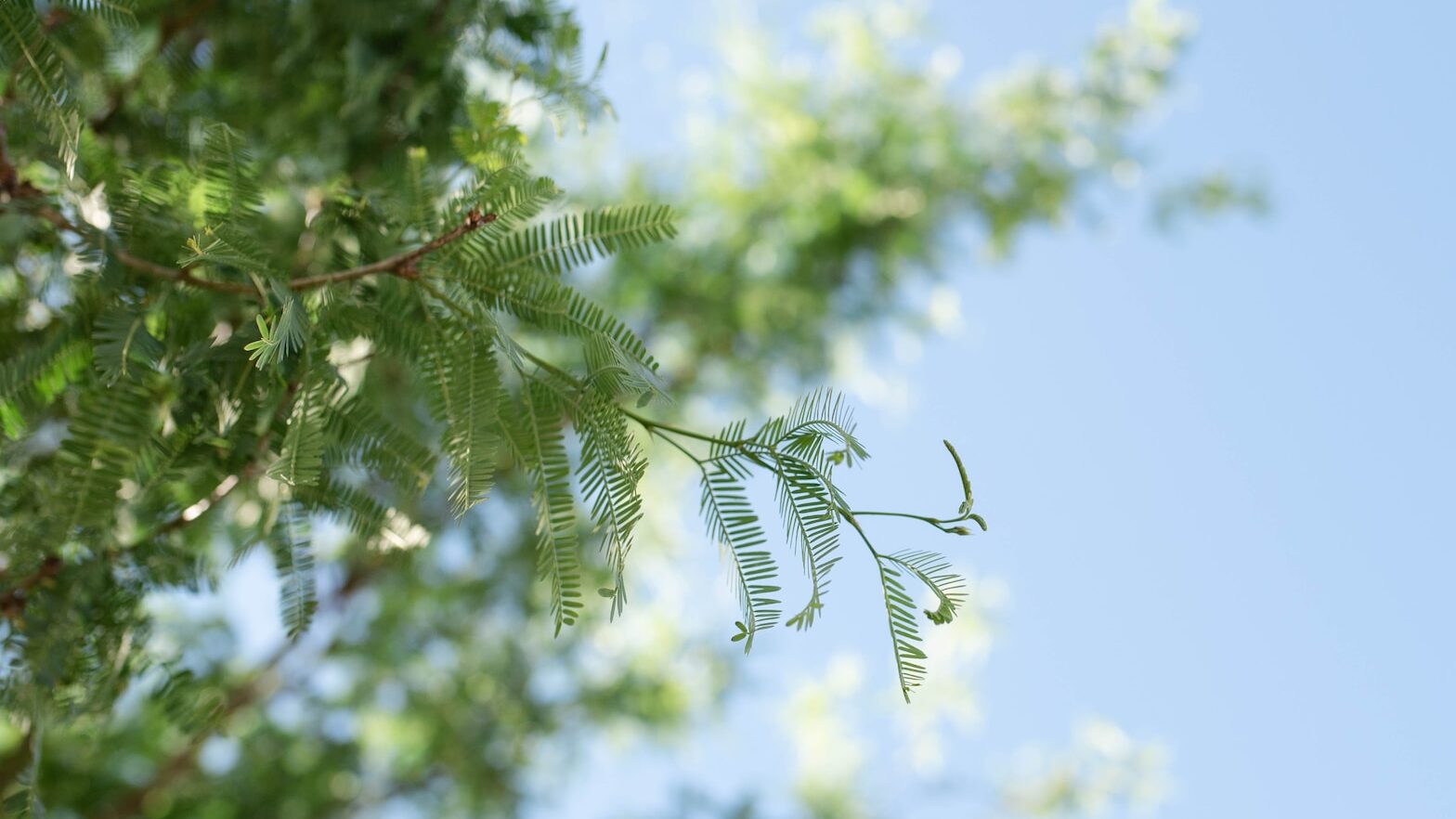
Our peace was held for some time and I reflected on my hike. The rugged and untamed land at the roots of the organ mountains has a deep-rooted connection to the resilience of the people who live here. There are countless stories of perseverance in the face of hardship and loss. Generations have weathered the storms of war, drought, racism, and poverty. It’s here that we carry with us the echoes of both ancient civilizations and the struggles of not one colonization, but two.
After some time of silence, it became clear that we were both thinking about the desert because she began to share with me a story that seemed as though it had been told to her by someone much older when she was much younger.
She said that before the Treaty of Guadalupe Hidalgo — which had turned this land to the United States and which had stolen lands from legal property owners and granted them citizenship when it was signed — a dying guerrillero shared a secret with a nearby curandero. He described a journey he had taken, past three towering, mercurial needles of majestic rock.
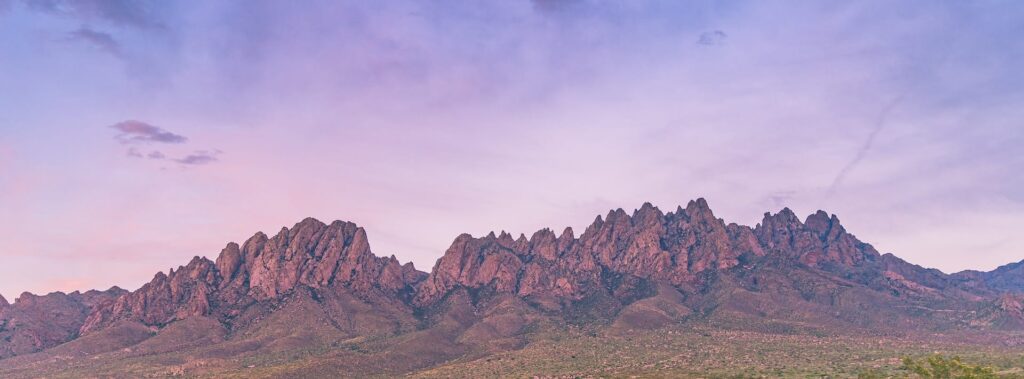
Just past these mountains and after a basin that contained a spring, he said, the ground was rich with gold. The curandero doubted his claims but long after his death, his words echoed in the healer’s mind. The healer’s group faced its own struggles and, like many desert people from generations past, the curandero sought a better life for himself and for his people. Finally, when the land where they lived could no longer sustain them, they decided to follow the word of the dead soldier and venture north along the Rio Bravo.
The weathered woman described the many challenges this healer and his people faced as they wandered into the Mesilla Valley. Traveling into unknown lands during those times guaranteed death to at least some of your group, and these deaths — the loss of children, elderly, and healthy people alike — had damaged the souls and the spirits of the group who wandered based on only a hunch.
But these people weren’t strangers to the desert. The curandero used the growing ocotillo to treat wounds, coughs, and colds. And for food, they also depended on nopales, the fruit of golden barrel cacti, meal ground from the pods of mesquite trees, and the starchy roots of yuccas.
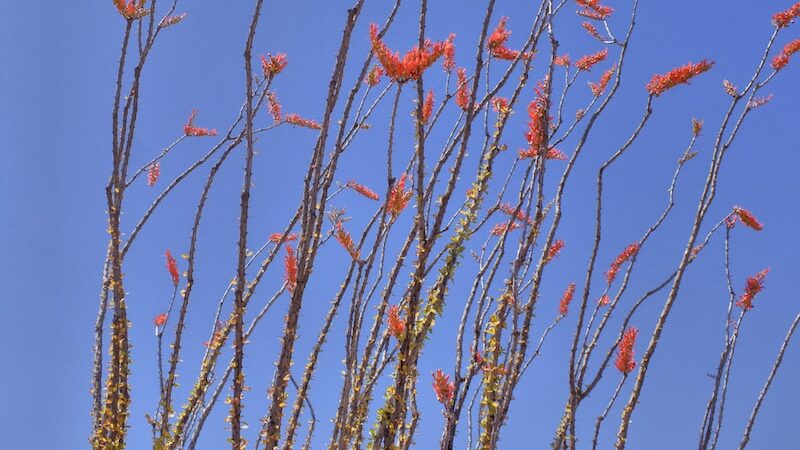
They dared not however kill their remaining cattle because cows can graze on plants humans can’t, and they could combine the cows’ milk with a desert plant called trompillo to make protein-rich cheese. The little meat they ate were rabbits, and all of these efforts provided just enough sustenance for them to carry on, however weakened by the desert they were.

They feared and they loved the smell of wet creosote that indicated rain. Feared because when it rained too much, the earth of the desert was not accustomed to the water and could not absorb it. The result was water that could trap them, or worse yet steal their most vulnerable members into the far corners of the world where they would never be seen again. But they loved the smell as well because if it did not rain too much, it provided relief from the sun’s merciless and constant antagonism.

In the end, the people found the spring, and they found the gold in the San Andres Mountains, but the story was not a happy one because, as they sold the earnings that their people died for, the Mexican army took notice and threatened to seize the gold. The curandero and his people destroyed the mine and it wasn’t until the 1900s that it was rediscovered before again being threatened and stolen, this time by the new government of the north, the United States of America.
There are many reasons why much of this land was taken from the people, and this is just one of them, “and there’s a reason,” she said, “that they chose to test bombs here, where we live, and not there, where they lived.”
And as the woman left, I sat a bit longer alone in the shadow of the old mesquite, a gentle breeze rustling its leaves and taking with it another whisper of the desert.